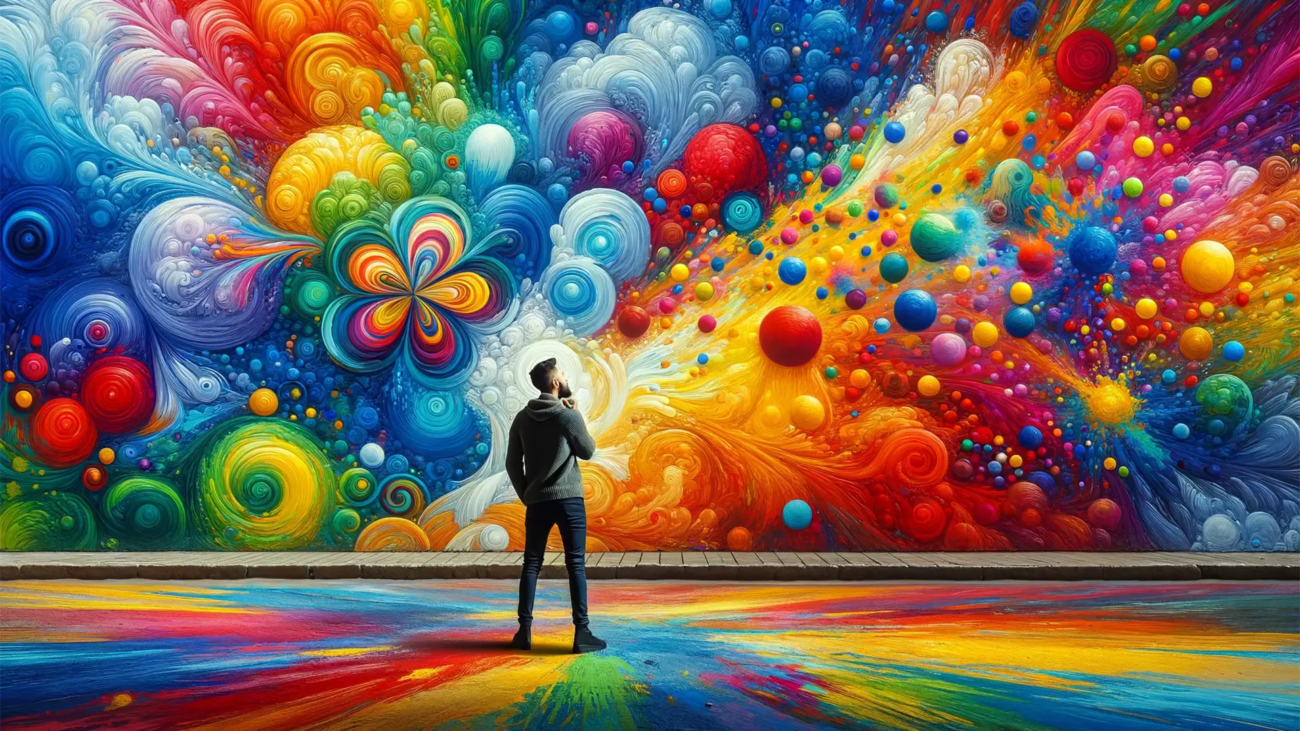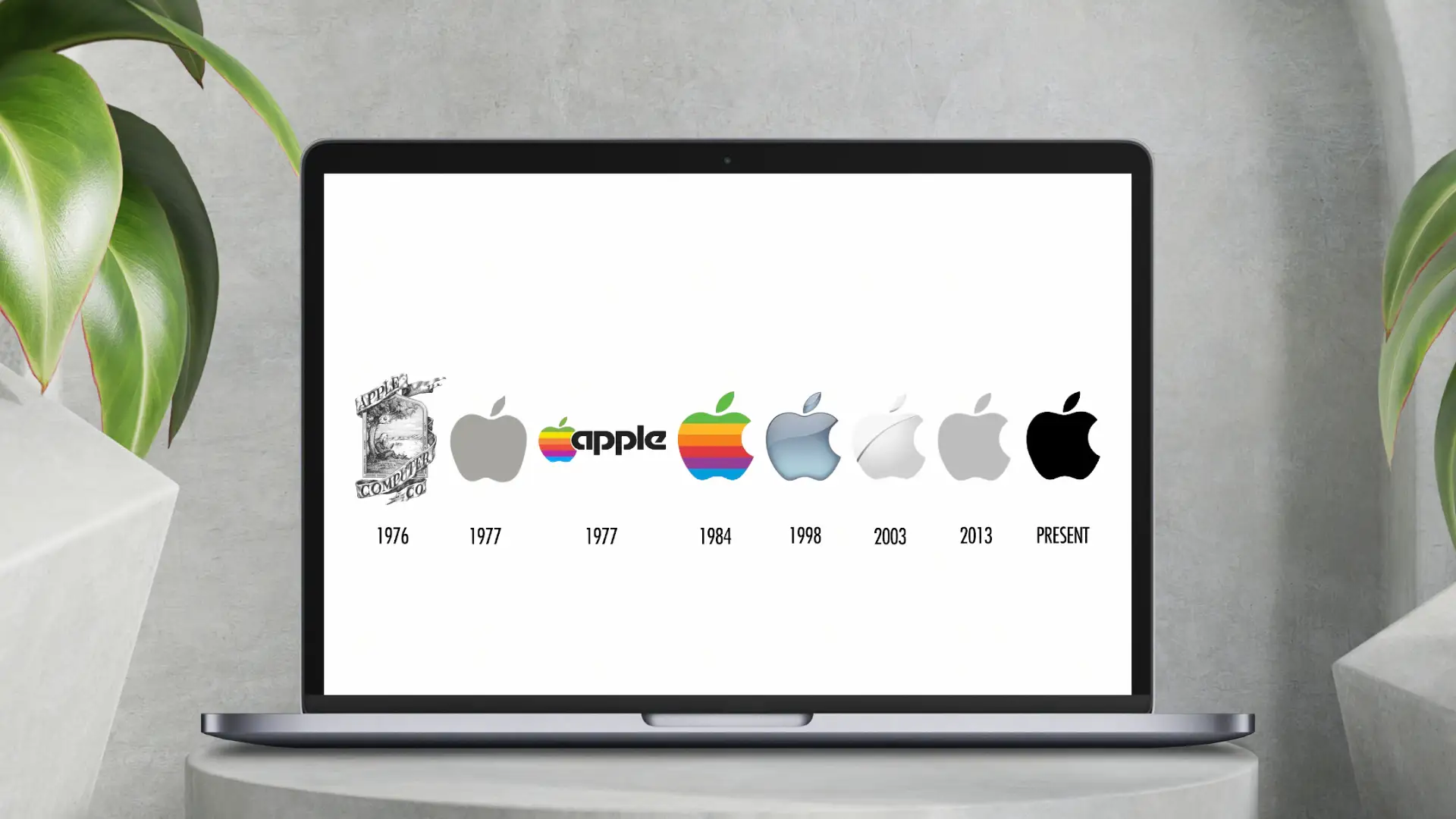Colorful Impressions: How Hues Shape Consumer Minds
Have you ever paused to think about how a simple color can stir something deep inside you? This isn’t just about a pleasing palette; it’s about the silent yet profound conversations colors have with our minds. Imagine walking down a store aisle or browsing a website; what catches your eye first? Often, it’s the play of colors. This is the heart of color psychology in marketing – it’s not just a slice of the branding pie, it’s the ingredient that can make or break the consumer’s perception.
Think about the emotions that a rich, deep red can evoke – perhaps a sense of boldness, a touch of urgency, or a dash of excitement. It’s the color that often calls out to us during those big sale days, urging us to seize the moment. Now picture a serene blue – doesn’t it often feel like a breath of fresh air, instilling trust and a sense of calm?
The colors you choose for your brand are more than just aesthetics; they are powerful tools that evoke a spectrum of emotional responses, varying with context and product category. They are the unspoken words that tell your brand’s story. When you select colors for your brand, you’re not just picking shades from a palette; you’re weaving an emotional tapestry that can attract, engage, and even influence your audience’s buying decisions.
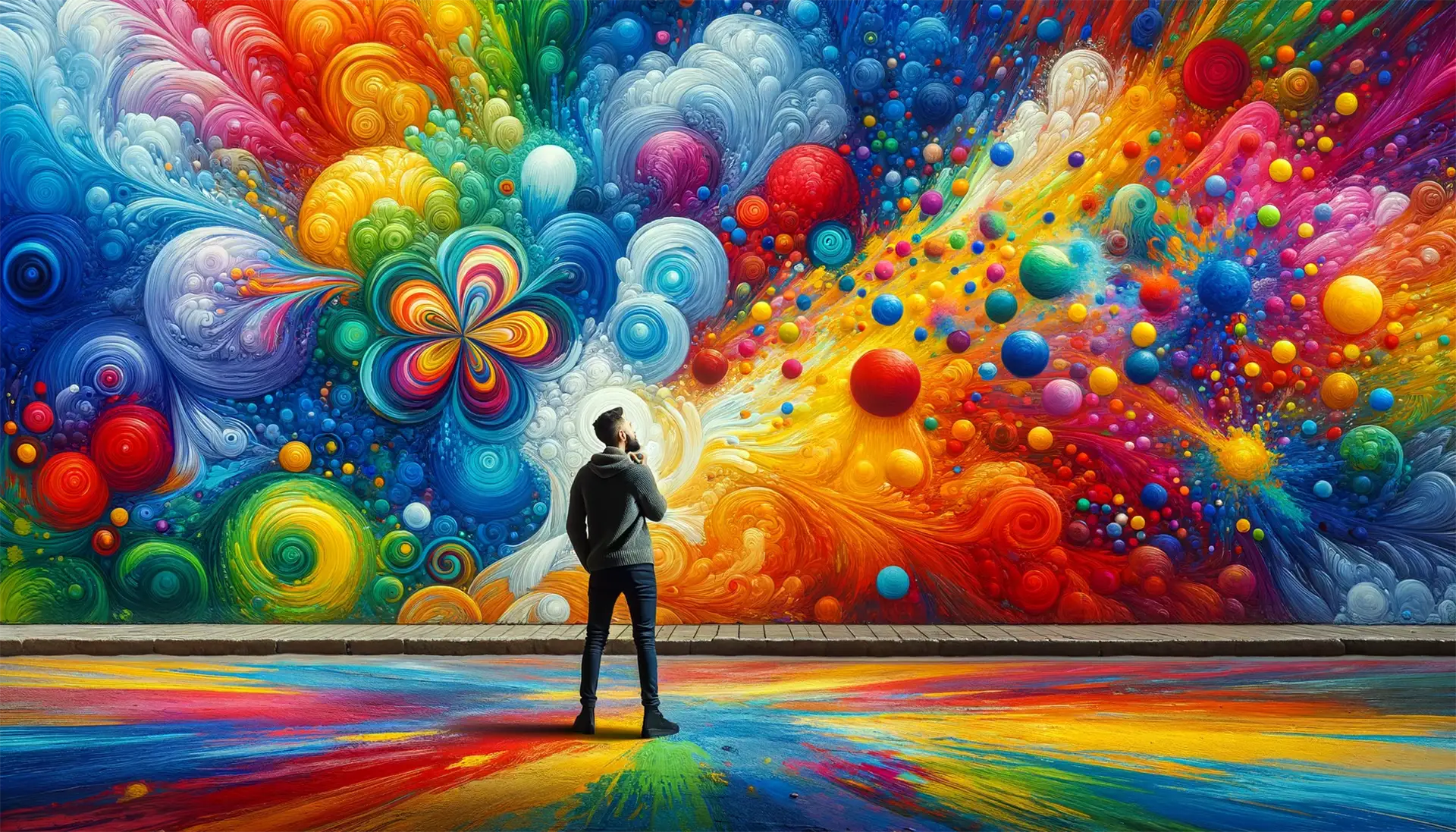
Navigating the Color Wheel: What Each Hue Says About Your Brand
Red’s Resonance:
- Impact: Red, known to stimulate appetite and evoke urgency, is ideal for food marketing and sales promotions. Studies show red can increase heart rates, creating a sense of urgency.
- Branding Example: Coca-Cola’s use of red aligns with its energetic brand image, leveraging red’s ability to attract attention and evoke excitement.
The Serenity of Blue:
- Impact: Blue conveys trust and calmness, often chosen by brands seeking to project stability. Research indicates that people are more likely to remember a brand if it’s painted blue.
- Branding Example: Facebook employs blue to embody dependability, fostering trust among its users.
Optimistic Yellow:
- Impact: Yellow, representing optimism and clarity, is the first color that infants respond to, making it effective in products aimed at youth.
- Branding Example: Nikon’s yellow logo captures its innovative spirit, leveraging yellow’s ability to grab attention and symbolize optimism.
Vibrant Orange:
- Impact: Orange blends energy and happiness, associated with creativity and enthusiasm. It’s particularly effective in influencing impulsive buyers.
- Branding Example: Nickelodeon’s orange branding resonates with creativity, aligning with the playful nature of its audience.
Green for Growth:
- Impact: Green symbolizes nature and growth, often used to attract eco-friendly clients. It’s known to create a relaxed feeling in stores.
- Branding Example: Spotify uses green to evoke growth and freshness, aligning with its dynamic music offerings.
Luxurious Purple:
- Impact: Purple, linked with royalty and luxury, is used to impart a sense of creativity and imagination.
- Branding Example: Yahoo employs purple for its creativity and originality, making it stand out in the tech industry.
Sophisticated Black:
- Impact: Black represents elegance and power, a popular choice for luxury brands. It conveys sophistication and control.
- Branding Example: Chanel’s use of black exudes elegance, perfectly aligning with its luxury status.
Discover in-depth insights at HubSpot’s Blog on Color Psychology.
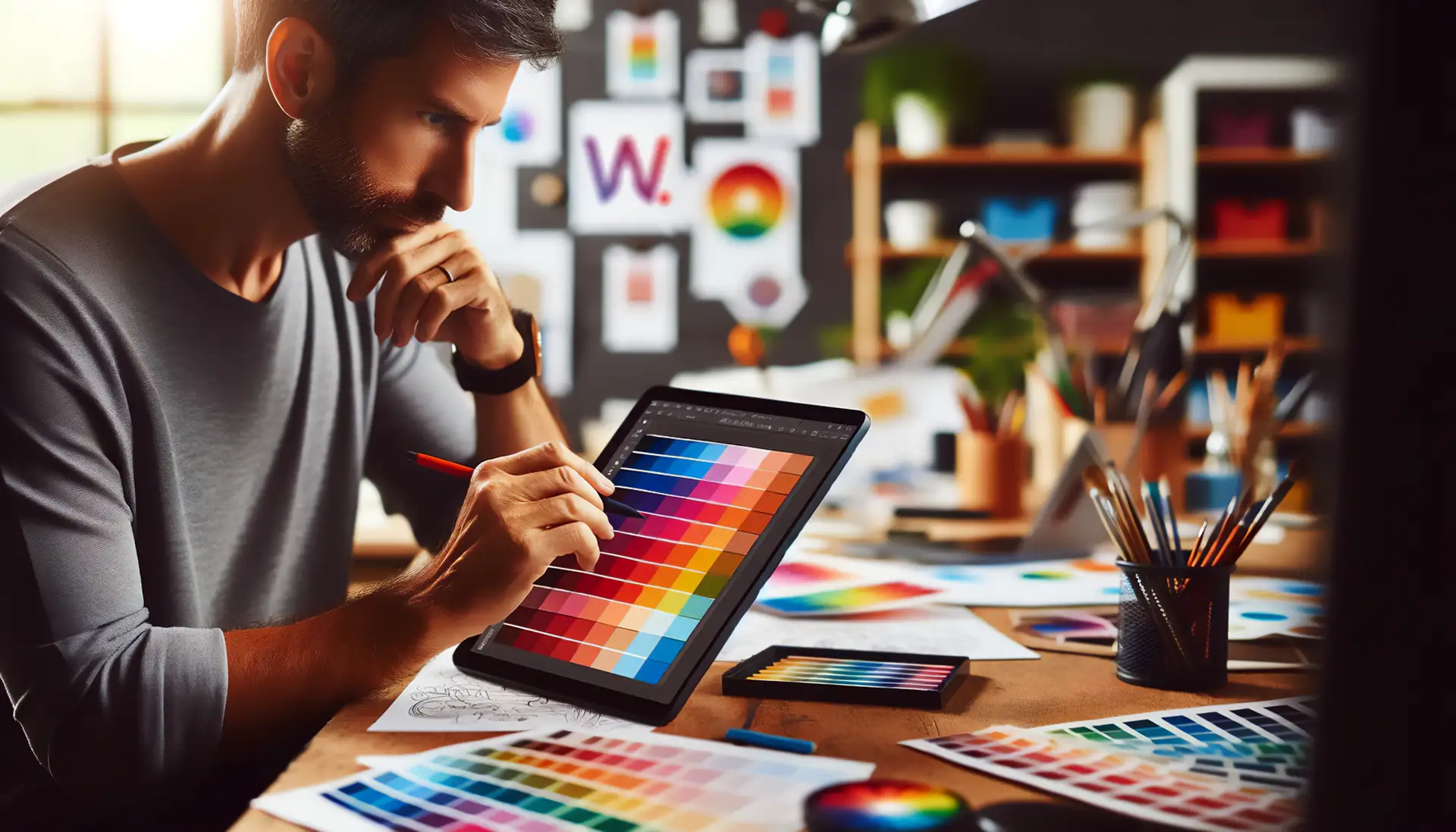
Paint Your Brand’s Story: Real-World Color Strategies Unveiled”
In the landscape of marketing, color is not just an aesthetic choice; it’s a pivotal part of a brand’s story. Let’s look at how renowned brands have utilized colors in their branding strategies:
Coca-Cola: Coca-Cola’s signature red is not just eye-catching; it’s also emotionally resonant. Red, a color that symbolizes passion and excitement, perfectly encapsulates Coca-Cola’s brand message of joy and youthful vigor. This strategic use of red has helped Coca-Cola maintain its iconic status over the years.
Facebook: Facebook’s use of blue is a textbook example of color psychology in action. Blue represents trust, reliability, and communication – key attributes for a social media platform. This color choice helps create a sense of security and trustworthiness around the brand.
Nikon: Nikon’s vibrant yellow logo stands out in the competitive world of electronics. Yellow is often associated with optimism and clarity, which aligns with Nikon’s brand identity as innovative and user-friendly.
The Artist’s Palette: Assessing and Revamping Your Brand Colors
Evaluating and adjusting your brand colors based on color psychology can significantly impact your marketing effectiveness. Here are some tips for businesses:
- Audit Your Current Palette: Assess your current brand colors and their emotional impact. Do they align with the emotions and values you want to associate with your brand?
- Understand Your Audience: Consider the cultural and demographic aspects of your target audience. Different colors can have varying meanings in different cultures.
- Test and Get Feedback: Use market research and A/B testing to understand how your audience perceives your brand colors.
- Adapt as Needed: Don’t be afraid to evolve your color scheme as your brand grows or as market trends change.
Balancing and Combining Colors: Color Psychology In Marketing
Creating a cohesive brand image involves more than selecting the right colors. It’s about balancing and combining them effectively. Here are some tips:
- Contrast for Readability: High contrast between text and background colors, such as black text on a white background, is proven to enhance readability and user engagement.
- Complementary Colors: Colors opposite each other on the color wheel create vibrant looks without overwhelming. Studies suggest that blue and orange, for example, can be an effective combination for attracting attention.
- Analogous Colors: Green and yellow work harmoniously for a natural and lively palette, often used in brands that want to evoke a sense of vibrancy and growth.
- Monochromatic Schemes: Different shades of the same color can create a unified look, ideal for brands aiming for subtlety. Research shows that monochromatic color schemes can enhance brand recognition.
Discover more about how colors can define a brand in our article on Monochromatic Branding.
Crafting Your Color Story: Tools and Resources for a Vivid Brand Identity
Creating a compelling color palette for your brand is crucial. Here are some tools and resources to help:
- Coolors: This user-friendly tool lets you generate color palettes quickly and effectively. It’s great for experimenting with different combinations.
- Adobe Color: Adobe Color offers advanced features for creating color schemes, including options to explore trends and harmonies.
- Pantone Color Finder: For brands looking for precision, Pantone’s tools offer industry-standard color matching.
Try out these tools and more at Coolors.
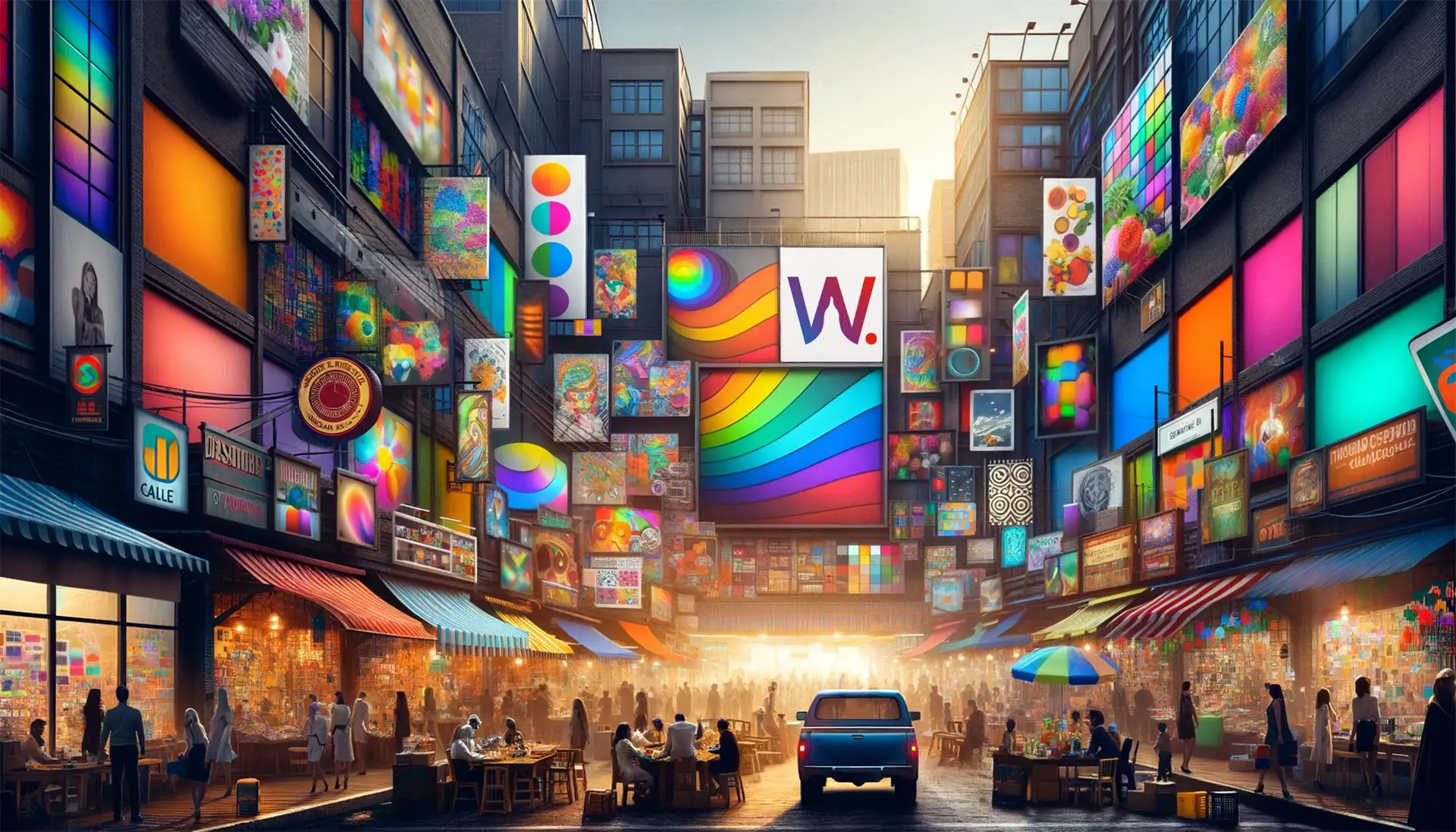
Coloring Your Business Success: Apply Color Psychology In Marketing And Integrate it into Your Marketing Palette
When we talk about integrating color psychology into your marketing strategy, think of it as painting your brand’s soul. It’s more than creating a visually appealing image; it’s about embroidering the very essence of your brand with colors that speak directly to your customers’ hearts. In today’s world, where every brand is vying for attention, the right use of colors can be the beacon that guides consumers to your brand.
Imagine the power of colors that align seamlessly with your brand’s voice and ethos, resonating with your audience at an emotional level. This isn’t just about catching the eye; it’s about creating a lasting bond, a color-coded connection that turns first-time viewers into loyal customers.
When your brand colors mirror the values and emotions your audience cherishes, you create more than a brand; you create an experience, a memory, an emotional landmark in the cluttered landscape of the market. This journey of color psychology is not merely a strategic move; it’s a heartfelt expression of what your brand stands for.
So, are you ready to embark on this colorful journey? To infuse your brand with hues that speak volumes?

